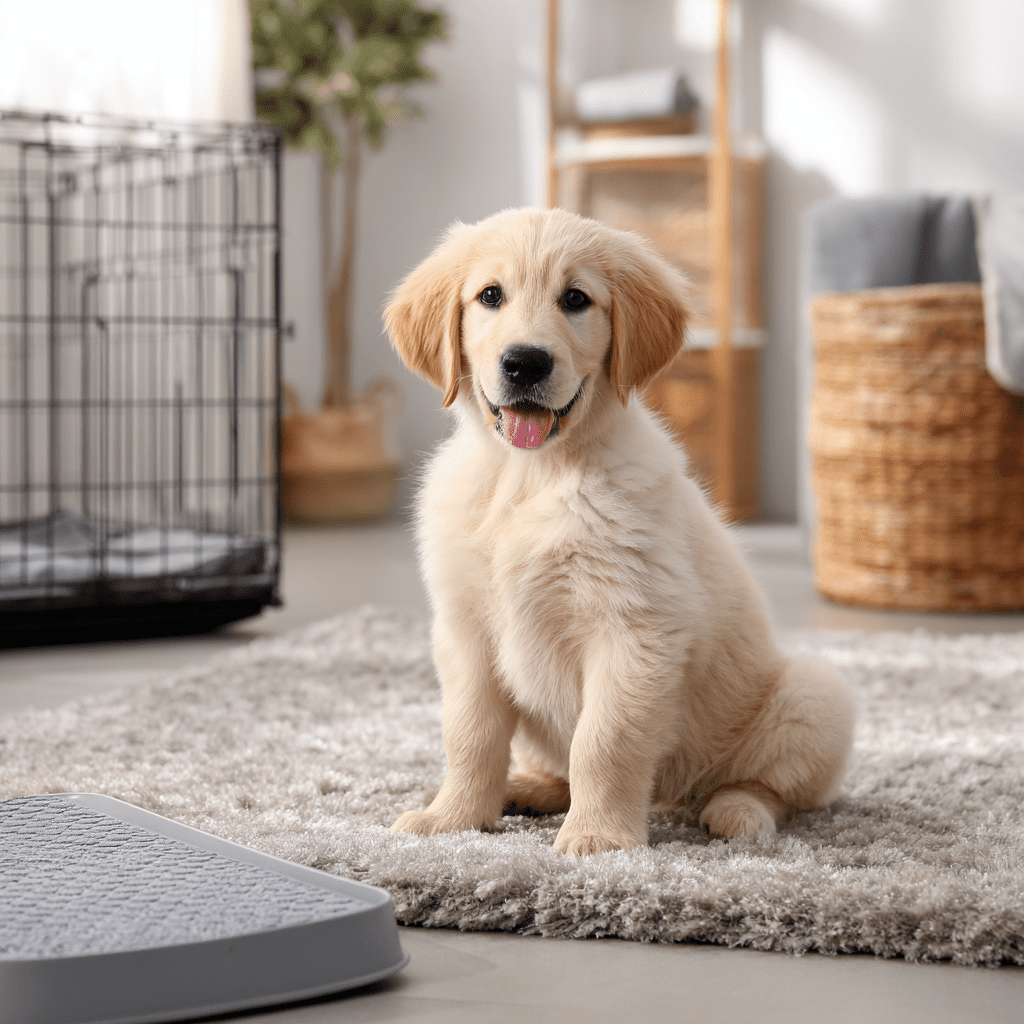Introduction
Bringing home a new puppy is exciting—but housebreaking (also known as potty training) is one of the first, and often most frustrating, challenges new pet parents face. It’s a vital step in building trust, creating boundaries, and ensuring your home stays clean and odor-free. Unfortunately, many owners make mistakes that delay progress or confuse the puppy.
In this blog, we’ll explore the most common housebreaking mistakes and how to avoid them to help your puppy learn faster and build good habits that last a lifetime.
Why Housebreaking Matters
Housebreaking isn’t just about preventing messes; it’s about developing a consistent routine, communication, and trust between you and your dog. Puppies thrive on structure, and housebreaking provides that foundation early in life.
Improper house training can lead to long-term behavioral issues, confusion, and even health problems if the dog becomes anxious about relieving themselves.
Mistake #1: Being Inconsistent with Routines
What Happens:
Puppies need frequent bathroom breaks. If you’re not consistent with taking them out, they may not understand when and where it’s appropriate to go.
How to Avoid It:
Set a strict schedule—take your puppy out first thing in the morning, after eating or drinking, after naps, and before bedtime. Puppies under six months old should be taken out every 2-3 hours.
Tip:
Keep a log of their bathroom habits for the first couple of weeks to spot patterns.
Mistake #2: Not Using Crate Training Effectively

What Happens:
Leaving your puppy free to roam the house makes accidents more likely. Crate training is misunderstood but extremely effective when done right.
How to Avoid It:
Use a crate that’s just large enough for your puppy to stand, turn around, and lie down. Puppies naturally avoid soiling their sleeping area. Gradually increase crate time and use it when you can’t supervise them.
Important:
Never use the crate as punishment. It should feel like a safe, cozy den.
Mistake #3: Punishing Accidents
What Happens:
Yelling or punishing a puppy after an accident only creates fear and confusion. Puppies don’t understand punishment after the fact.
How to Avoid It:
If you catch your puppy in the act, interrupt them gently and take them outside immediately. Praise them if they finish outside. If you find a mess later, clean it up silently and move on.
Use enzymatic cleaners to remove any scent to prevent repeat accidents in the same spot.
Mistake #4: Not Rewarding Success Immediately
What Happens:
Delayed rewards mean the puppy doesn’t connect the treat or praise with the correct behavior.
How to Avoid It:
Always praise and reward your puppy immediately after they go potty in the right place. Bring treats outside with you and make it a happy event.
Mistake #5: Expecting Too Much, Too Soon
What Happens:
Some owners think a few accident-free days means the puppy is trained, only to be surprised by regression.
How to Avoid It:
Puppies need weeks or even months of consistent training. Stay vigilant even after they seem to “get it.” Setbacks are normal, especially during developmental stages.
Mistake #6: Not Supervising Indoors
What Happens:
Unsupervised puppies may sneak off to a corner and have an accident, reinforcing bad habits.
How to Avoid It:
Use baby gates or playpens to confine your puppy to one area. Keep eyes on them or tether them to your waist using a leash when indoors. If you can’t watch them, use the crate.
Mistake #7: Ignoring Health Signs
What Happens:
Frequent accidents may be due to a medical issue rather than a training problem.
How to Avoid It:
If your puppy seems to pee excessively, has diarrhea, or shows signs of distress when going potty, consult a veterinarian. Urinary tract infections (UTIs) and parasites are common in young dogs.
Tools That Help with Housebreaking
- Pee pads: Useful for apartments but should be phased out.
- Crates: Teach bladder control and prevent unsupervised accidents.
- Clickers: Reinforce positive behavior when used with treats.
- Timers: Set reminders on your phone for regular potty breaks.
- Pet-safe cleaners: Enzymatic solutions remove scent completely.
Housebreaking Timeline by Age
| Age | Potty Break Frequency | Notes |
|---|---|---|
| 8–10 weeks | Every 30–60 minutes | Very young; lots of supervision needed |
| 10–12 weeks | Every 1–2 hours | Start creating routines |
| 12–16 weeks | Every 2–3 hours | Begin crate training sessions |
| 4–6 months | Every 3–4 hours | Fewer accidents with consistency |
| 6+ months | Every 4–6 hours | Most puppies are housebroken by now |
Conclusion
Housebreaking a puppy can be challenging, but by avoiding common mistakes, staying patient, and being consistent, your puppy will learn faster and your bond will grow stronger. Remember, every accident is a learning opportunity, and positive reinforcement is your most powerful tool.
If you’re ever in doubt, consult your veterinarian or a professional dog trainer to support your puppy’s training journey.
